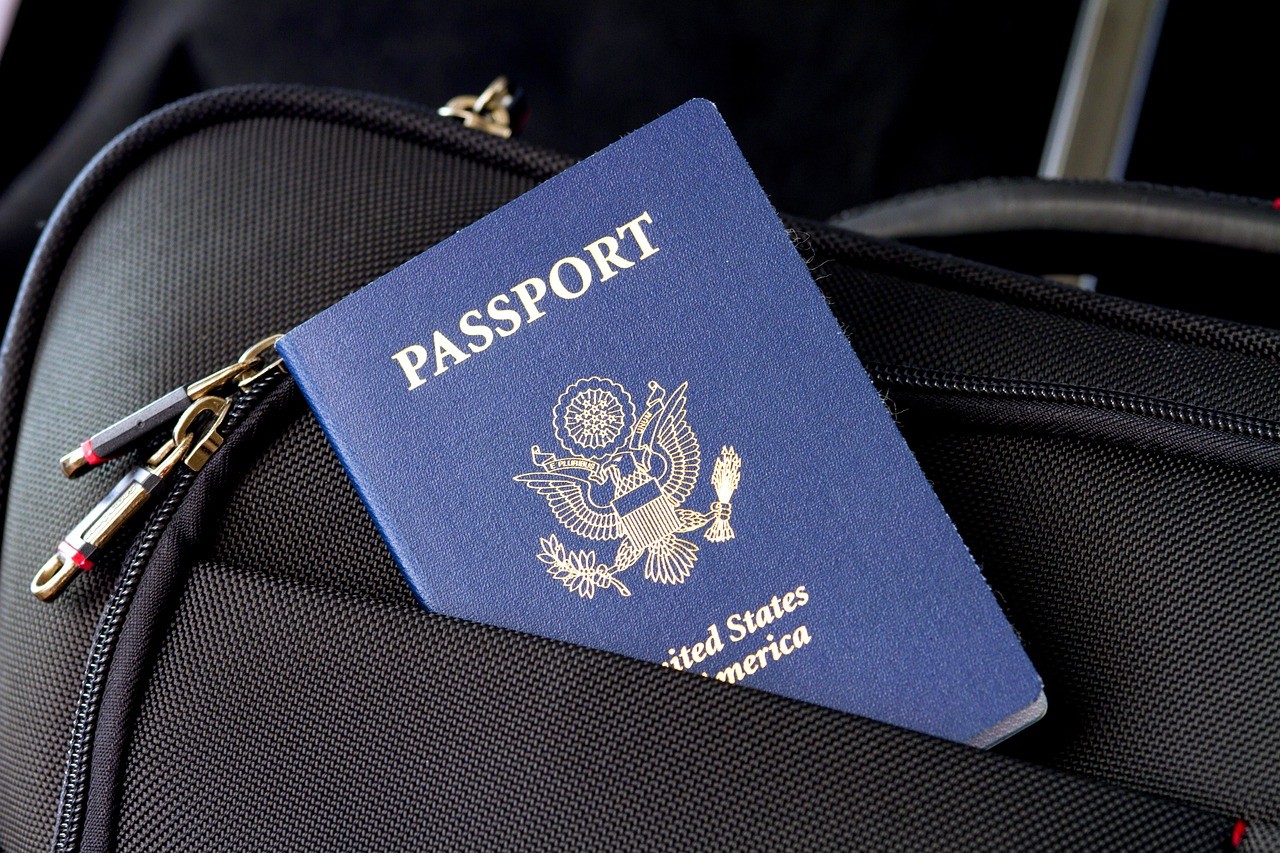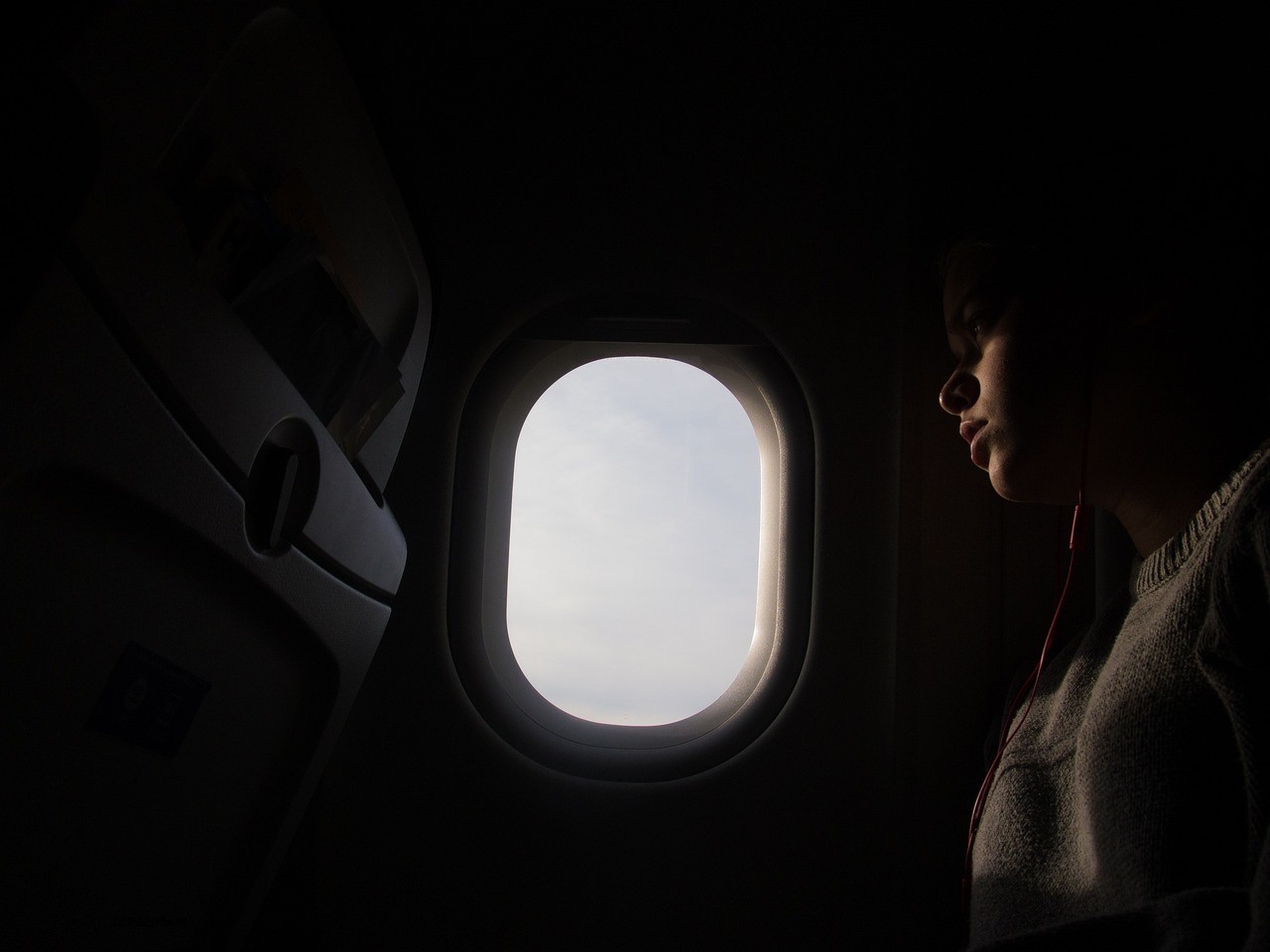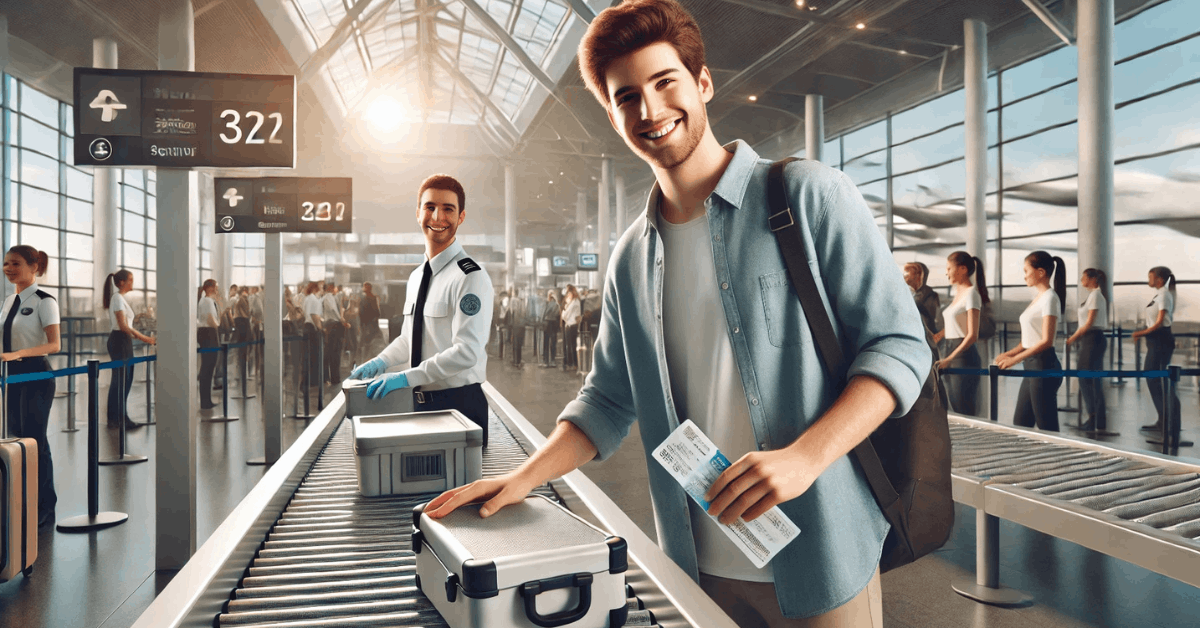Embarking on your first flight can be thrilling and nerve-wracking, but fear not. In this guide, we've compiled essential tips for first-time flyers, covering everything from booking to in-flight etiquette and managing anxiety.
So, fasten your seatbelt, and let's take flight together, armed with the knowledge and confidence to make your first flying experience a soaring success. Your adventure awaits in the skies!
Preparing for Your Flight
Before you step onto the plane, proper preparation is vital. Here's what you need to know for a smooth journey:
Booking Your Flight
Before you embark on your travel adventure, mastering the art of booking flights is the first step. Here's a step-by-step guide and different booking options to make the process a breeze.
- Choose Destination: Decide on your destination and travel dates.
- Select Booking: Explore booking options, like airline websites or third-party platforms.
- Search Flights: Input departure, destination, and travel dates.
- Compare Prices: Check fares, durations, and layovers for budget-friendly options.
- Pick Your Flight: Select a flight based on preferences, including time and airline.
- Provide Details: Enter passenger information like names, birthdates, and contact.
- Seat Selection: Choose seats if available during booking.
- Extra Services: Consider add-ons like baggage, meals, or seat upgrades.
- Review and Confirm: Carefully check booking details and total cost.
- Payment: Enter payment info and complete the transaction.
- Confirmation: Get a booking confirmation via email or app.
- Check Documents: Verify passport, visa, and other required travel documents.
By following these steps and choosing the booking method that suits you best, you can successfully book your flight and prepare for your upcoming journey.

Travel Documents
Before you travel to your destination, ensure you have the essential travel documents. Here's a list of what you'll need:
- Passport: Check the expiration date.
- Visa: If required for your destination.
- Tickets: Including return if necessary.
- Boarding Pass: Usually obtained at the airport.
- Photo ID: Such as a driver's license.
- Travel Insurance: Consider for added protection.
- Itinerary: Keep a digital or printed copy.
- Vaccination Records: Depending on your destination.
- Prescriptions: If you have medications.
- Emergency Contacts: Handy in case of issues.
- Travel Wallet: To keep documents organized.
Packing Tips
- Make a Checklist: Ensure you remember everything necessary.
- Pack Light: Stick to essentials to avoid overpacking.
- Roll Clothes: Maximizes space and minimizes wrinkles.
- Use Packing Cubes: Keeps items organized in your luggage.
- Limit Shoes: Pack versatile and comfortable footwear.
- Travel-sized Toiletries: Save space and comply with TSA regulations.
- Travel Adapters: If traveling to different plug types.
- Travel Locks: Keep your belongings secure.
- Ziplock Bags: Handy for snacks and toiletries.
- First Aid Kit: Include basics like band-aids and pain relievers.
These packing tips will help you travel efficiently and ensure you have everything you need for your journey.
The Airport Experience
Navigating the airport can be a breeze when you're well-prepared. Here's a guide to help you smoothly navigate the airport experience, from arrival to boarding your plane:
Arriving at the Airport
Arriving at the airport marks the beginning of your journey, and starting on the right foot is crucial. Here's a concise guide to help you make a hassle-free entrance and navigate the airport with ease:
- Timely Arrival: Arrive 2 hours before domestic flights and 3 hours before international ones.
- Navigate Efficiently: Familiarize yourself with the airport layout using maps or apps.
- Parking Options: Choose between short-term and long-term parking.
- Drop-Off Zone: Find the designated area for passenger drop-off.
- Check-in Counter: Locate your airline's counter for ticket and baggage checks.
- Luggage Guidelines: Ensure your baggage meets size and weight restrictions.
- Security Screening: Expect X-ray scans, body checks, and remove prohibited items.
- Boarding Pass: Have your electronic or printed pass ready.
- ID and Documentation: Carry a valid photo ID and travel documents.
- Security Lines: Choose the correct line based on your experience and group.
Following these steps will help you smoothly arrive at the airport and get your journey off to a great start.
Security Checkpoint
Navigating the security checkpoint is a crucial part of your airport experience, ensuring the safety of all passengers on board. Here's a guide to help you efficiently pass through this checkpoint:
- Screening Expectations: Pass through metal detectors or body scanners.
- Prohibited Items: Avoid sharp objects, flammables, and liquids over 3.4 ounces.
- Preparation: Remove shoes, belts, jackets, and pocket items.
- Liquids and Gels: Keep them in a quart-sized clear bag.
- Electronic Devices: Place laptops and electronics in separate bins.
- Body Scanners: Be ready for body scans.
- Pat-Downs: Possible if needed.
- Compliance: Follow security instructions calmly.
- Repacking: Quickly gather belongings.
- Additional Screening: Routine checks may happen.
Understanding what to expect and complying with security procedures will help you pass through the checkpoint efficiently, ensuring a safe and secure journey for all passengers.
Boarding the Plane
Boarding the aircraft is a pivotal moment in your air travel journey, and understanding the process is vital to a seamless transition from the gate to your seat.
Boarding groups are assigned.
- Listen for announcements.
- Follow your group/row.
- Have your ticket and ID ready.
- Be polite with gate agents.
- Find your assigned seat.
- Stow carry-ons.
- Fasten the seatbelt and prepare to depart.
In-Flight Etiquette and Comfort
Enhancing your flying experience means mastering in-flight etiquette and personal comfort. Here's your guide to navigating these essentials:
Seating
Selecting the right seat can significantly impact your comfort and experience during a flight, making it essential to understand the critical aspects of seating.
- Choose your seat during booking to secure your preferred location, like window, aisle, or bulkhead.
- Consider seat pitch and legroom for comfort during the flight.
- Use the recline function modestly, respecting the passenger's space behind you.
- Always keep your seatbelt fastened, even when the seatbelt sign is off, in case of turbulence.
- Use cushions or blankets for added comfort during longer flights.
Cabin Crew Interaction
Interacting appropriately with cabin crew is a crucial aspect of air travel. Here are some key points to keep in mind:
- Be polite and respectful.
- Follow safety instructions carefully.
- Use the call button judiciously.
- Dispose of trash during beverage service.
- Stay attentive to emergency procedures.
Airplane Amenities
Airlines offer a range of amenities to make your flight more comfortable and enjoyable. Here's a concise list of some standard airplane amenities available to passengers:
- Enjoy movies, TV shows, music, and games on personal screens.
- Stay connected with onboard internet (if available) for a fee.
- Charge devices using provided outlets (check seat compatibility).
- Request these comfort items from flight attendants.
- Some airlines offer kits with essentials like eyeshades and earplugs.

Managing Flight Anxiety
Managing flight anxiety is essential for a stress-free journey. Here are seven strategies to help you stay calm and relaxed during your flight:
- Practice slow, deep breaths to calm your nerves.
- Engage in in-flight entertainment, reading, or puzzles.
- Use positive self-talk to boost confidence.
- Select a seat that makes you feel comfortable, like an aisle seat, for easier access.
- Create a calming playlist to listen to during the flight.
- Use apps or techniques to stay grounded and present.
- Research and understand the flight process to alleviate uncertainties.
Final Thoughts: Key Tips for First-Time Flyers
In conclusion, embarking on your first flight is a significant step towards new horizons and adventures.
By following the essential tips outlined in this guide, you'll be well-prepared to take flight with ease.
From booking your flight with care to navigating the airport confidently and observing in-flight etiquette, you can make your maiden voyage a memorable and enjoyable experience. Safe travels!

















